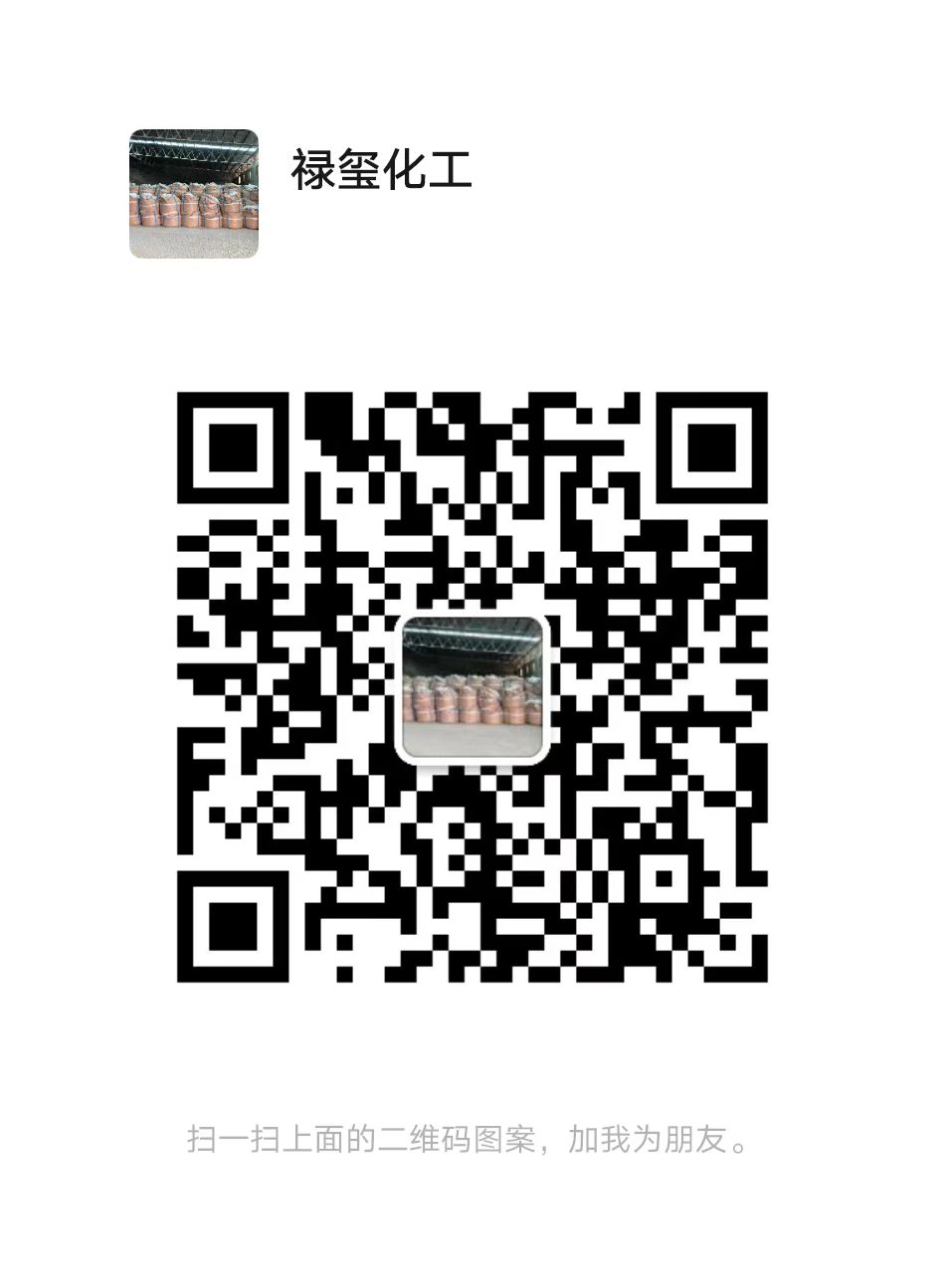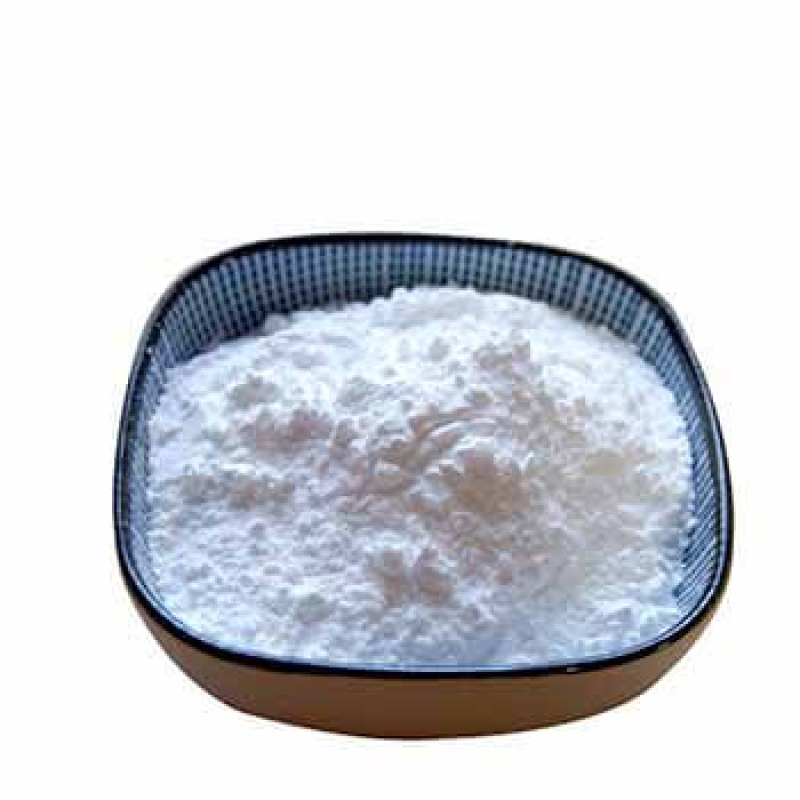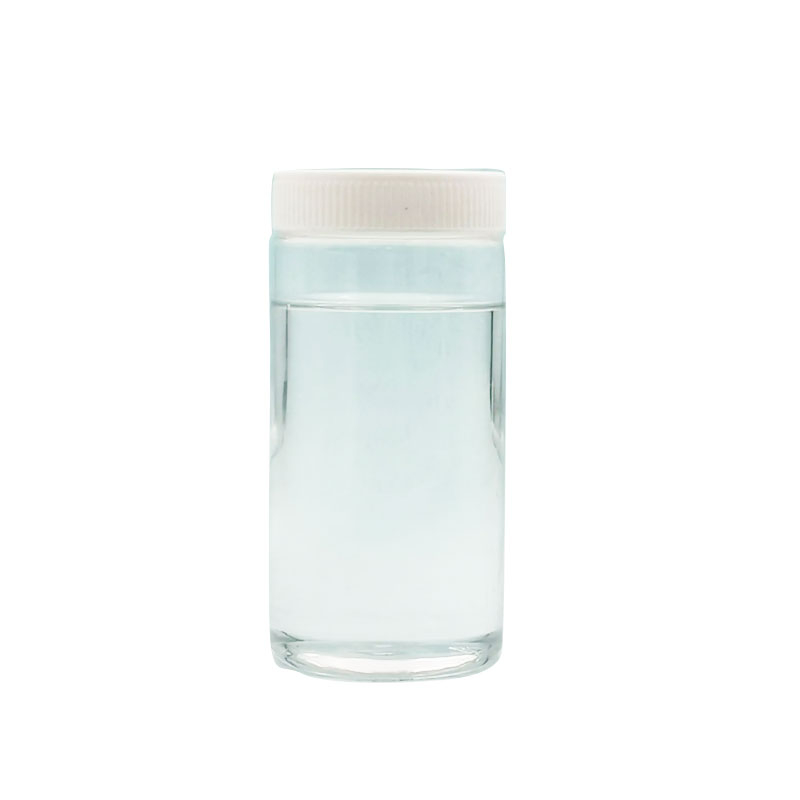Products Description of Poly(tetrahydrofuran)CAS#25190-06-1Polytetrahydrofuran is a white waxy solid that is easily soluble in alcohols, esters, ketones, aromatic hydrocarbons and chlorinated hydrocarbons, but insoluble in aliphatic hydrocarbons and water.
Contact Now
Products Description of 3,4-Dimethylpyrazole phosphate CAS#202842-98-63,4-Dimethyl-1H-pyrazole dihydrogen phosphate is a yellow or white crystalline powder substance, which can be used as a new type of nitrification inhibitor and can be used in solid and liquid fertilizers.3,4-Dimethylpyrazole phosphate Chemical PropertiesMelting point 167-169°Cstorage temp. Inert atmosphere,2-8°Csolubility Methanol (Slightly), Waterform Solidcolor White to Pale BeigeStability:HygroscopicFactory and Equipment ShowFast transport timeInventory 2-3 working days New man
Contact Now
Products Description of Maltose CAS#69-79-4Maltose is the abbreviation of maltobiose, also known as D-maltose and maltose. A disaccharide formed by connecting, condensing, and dehydrating two molecules of α-D-glucose through α-1,4 glycosidic bonds. There is also a free hemiacetal hydroxyl group in the molecule, which is a reducing sugar. Like glucose, it can make Doron's reagent and Fehling's reagent react positively.
Contact Now
Products Description of Tetrahydro-4-pyranol CAS#2081-44-9Tetrahydropyran-4-ol is a colorless transparent liquid at room temperature and pressure. It has good polarity and hydrophilicity and can be used as a solvent in organic synthesis. The structure of tetrahydropyran-4-ol contains a tetrahydropyran unit and an active hydroxyl structure, and has high chemical reactivity and diverse chemical conversion properties. The tetrahydropyran-4-ol molecule contains a hydroxyl structure, so it has a certain polarity.
Contact Now
Poly(oxy-1,2-ethanediyl), .Alpha.-Hydro-.Omega.-Hydroxy-, Mono-C12-14-Alkyl Ethers, Phosphates CAS#68511-37-5The molecular structure contains polyoxyethylene segments, hydroxyl groups, C12-14 alkyl ether and phosphate groups. This unique structure enables it to have multiple properties. It has good surface activity, can reduce the surface tension of the liquid, and play the role of emulsification, dispersion and wetting at the interface.
Contact Now
Products Description of Phenol CAS#108-95-2Phenol, with the chemical formula 𝐶6𝐻5𝑂𝐻C6H6O, is a white crystalline substance known for its versatility and reactivity due to the hydroxyl group attached to the benzene ring. It serves as a key precursor in the synthesis of pharmaceuticals, including aspirin, and is integral to the production of resins, plastics, and synthetic fibers like nylon. Phenol's historical use as a disinfectant highlights its ability to denature proteins and disrupt cell membranes. It also plays a role in the detergent industry and analytical chemistry.
Contact Now
Products Description of Erucamide 98% CAS#112-84-5Erucamide is a higher fatty acid amide, one of the important derivatives of erucic acid, and is refined from vegetable oil. It is a waxy, odorless solid, insoluble in water, and has certain solubility in organic solvents such as ketones, esters, alcohols, ethers, and benzene. Because the molecular structure contains a long unsaturated C22 chain and polar amine groups, it has excellent surface polarity, a higher melting point than Chemicalbook and good thermal stability, and can be widely used in place of other similar additives.
Contact Now
Dichloromethane CAS#75-09-2Dichloromethane (DCM), additionally recognized as methylene chloride, is a transparent, colorless, risky halogenated aliphatic hydrocarbon compound with an ether-like mildly candy smell. It is relatively soluble in water as properly as in most natural solvents namely; ether, ethanol, ketones, aldehydes, and phenols (1).
Contact Now
Ethanol CAS# 71-23-81-propanol is the compound with the hydrogen atom in the propane molecules being changed by way of hydroxyl group. Because the hydroxyl crew can alternative the hydrogen atoms contained in the carbons in the two terminals of carbon chain or center carbon, hence producing two isomers, n-propyl alcohol and isopropyl alcohol.The chemical property of the 1-propanol is comparable to that of ethanol.
Contact Now
Products Description of 4'-HydroxyacetophenoneCAS#99-93-4Since p-hydroxyacetophenone contains hydroxyl and ketone groups on the benzene ring in its molecule, it is often used as an intermediate in organic synthesis to react with other compounds to synthesize many important substances.
Contact Now
Products Description of N-Methyl-2-pyrrolidone CAS#2687-44-7N-methyl-2-pyrrolidone is a nitrogen-containing five-membered heterocyclic compound. It has a wide range of applications due to its following excellent properties: It has high polarity and is completely miscible in most organic solvents (alcohols, ethers, ketones, aromatic hydrocarbons, chlorinated hydrocarbons, etc.). It has high solubility in organic and inorganic substances. It can be miscible with water in any proportion. It has a higher flash point than other similar solvents.
Contact Now
Products Description of (-)-(R)-Mandelic Acid CAS#611-71-2D-mandelic acid is a polar molecule. Because it contains hydroxyl and carboxyl groups, the molecule has a certain degree of hydrophilicity. Since D-mandelic acid is a chiral molecule, its physical and chemical properties are affected by the stereostructure of its molecule. In addition, the acid-base properties of D-mandelic acid are also affected by the molecular structure.
Contact Now
Products Description of Inositol CAS#87-89-8Myo-inositol, also known as cyclohexanol, hexahydroxycyclohexane, cyclohexitol, myo-inositol, and inositol, is one of the B vitamins. There are 9 isomers due to the different orientations of the hydroxyl groups relative to the ring plane. body, 7 of which are non-optically active and 2 are optically active (left-handed and right-handed).In the natural chemical world, it exists in all biological tissues in free or combined form. It is a common component in animal and plant cells.
Contact Now
Products Description of 4-AminophenolCAS#123-30-8Aminophenol is also known as hydroxyaniline and aminohydroxybenzene. There are three isomers, namely o-aminophenol, m-aminophenol and p-aminophenol (4-aminophenol). In 1874, Baeyer et al. first prepared p-aminophenol. Due to the different relative positions of the hydroxyl group and the amino group, the three are also different in terms of physical and chemical properties. This product is weakly alkaline, weakly acidic and strongly reducing. Because it has both amino and phenol groups, it has the common properties of both.
Contact Now
N,N-Dimethylacetamide CAS# 64-17-5N,N-Dimethylacetamide is a highly polar aprotic solvent, micro ammonia odor, very strong dissolving power, soluble wide, miscible with water, aromatics, esters, ketones, alcohols, ether, benzene and chloroform and other arbitrary and enable activation of molecular compounds. It is widely used as a solvent and a catalyst.
Contact Now
Triethylene glycol CAS# 112-27-6Triethylene glycol is a clear, colorless, viscous, secure liquid with a barely sweetish odor. Soluble in water; immiscible with benzene, toluene, and gasoline. Combustible. Because it has two ether and two hydroxyl companies its chemical residences are closety associated to ethers and foremost alcohols. It is a desirable solvent for gums, resins, nitrocellulose, steam-set printing inks and timber stains.
Contact Now
Ethylene glycol CAS#107-21-1It is colorless obvious viscous liquid with candy style and moisture absorption capability. It is additionally miscible with water, low-grade aliphatic alcohols, glycerol, acetic acid, acetone, ketones, aldehydes, pyridine and comparable coal tar bases.
Contact Now
Phenol CAS# 108-95-2 Phenol is the easiest member of a classification of natural compounds possessing a hydroxyl team connected to a benzene ring or to a extra complicated fragrant ring system.Also recognized as carbolic acid or monohydroxybenzene, phenol is a colorless to white crystalline fabric of candy odor, having the composition C6H5OH, bought from the distillation of coal tar and as a derivative of coke ovens.Phenol has extensive biocidal properties, an
Contact Now
Propyl acetate CAS# 109-60-4Chemical Properties:Propyl acetate, also known as propyl acetate, n-propyl acetate, or n-propyl acetate, is a colorless and clear liquid with a soft fruity aroma. Naturally found in strawberries, bananas, and tomatoes. Soluble in most organic solvents such as alcohols, ketones, esters, and oils, and slightly soluble in water.Quality Assurance:We maintain strict quality control to ensure our glacial acetic acid meets the highest purity standards, essential for critical industrial applications.Professional Sales Pitch:As a sales professional, I understand th
Contact Now
1,4-Butanediol CAS#110-63-41,4-butanediol (1,4-BD) is a colorless, viscous liquid derived from butane with the aid of placement of alcohol organizations at every give up of its molecular chain and is one of 4 secure isomers of butanediol.the hydroxyl feature of every give up crew of the Butanediol reacts with exceptional mono- and bifunctional reagents: for instance with dicarboxylic acids to polyesters, with diisocyanates to polyurethanes, or with phosgene to polycarbonates.
Contact Now
Ethylene Glycol Diacetate CAS#111-55-7Ethylene Glycol Diacetate, additionally recognized as ethylene glycol diacetate, has a chemical shape containing an ethylene glycol (1,2-ethanol) skeleton, with an acetate crew (-O-C (=O)-CH₃) linked to every of the two hydroxyl positions of ethylene glycol.It is normally a colorless, obvious liquid, from time to time barely yellowish.
Contact Now
Products Description of Benzethonium chloride CAS#121-54-0Benzethonium chloride is a new type of quaternary ammonium salt antibacterial agent, which is widely used in daily chemicals and cosmetics industries. In addition, it also has important applications in the medical and health fields as a bactericidal antibacterial agent. For example, it has been widely used as an antibacterial component of eye drops or as an antibacterial component of injection in Western countries.
Contact Now
Products Description of Chromic chloride hexahydrate CAS#10060-12-5Purple monoclinic crystal. Relative density 1.76. Melting point 83℃. Soluble in water, ethanol, slightly soluble in acetone, insoluble in ether. Deliquescent. Toxic!Chromic chloride hexahydrate Chemical PropertiesMelting point 83 °Cdensity 1.76 g/mL at 25 °C(lit.)storage temp. Inert atmosphere,Room Temperaturesolubility Methanol (Slightly), Water (Slightly)form Powder/SolidSpecific Gravity1.76color Reddish-violetPH2.0-3.0Water Solubility Soluble in water and alcohol.
Contact Now
Products Description of Dodecyltrimethylammonium chloride CAS#112-00-5This product has two specifications. When the effective content is 32% to 35%, the appearance is light yellow liquid. Solidification point -15℃. Relative density 0.981g/cm3. HLB value 17.1. Flash point (open cup) 60℃. When the effective content is 49% to 52%, the appearance is thick liquid. Solidification point -12~-9℃. Density 0.892g/cm3. HLB value 17.1. Flash point (open cup) <27℃. Surface tension (10% aqueous solution) 33×10-3N/cm. Both are miscible with water. Stable chemical properties.
Contact Now



































